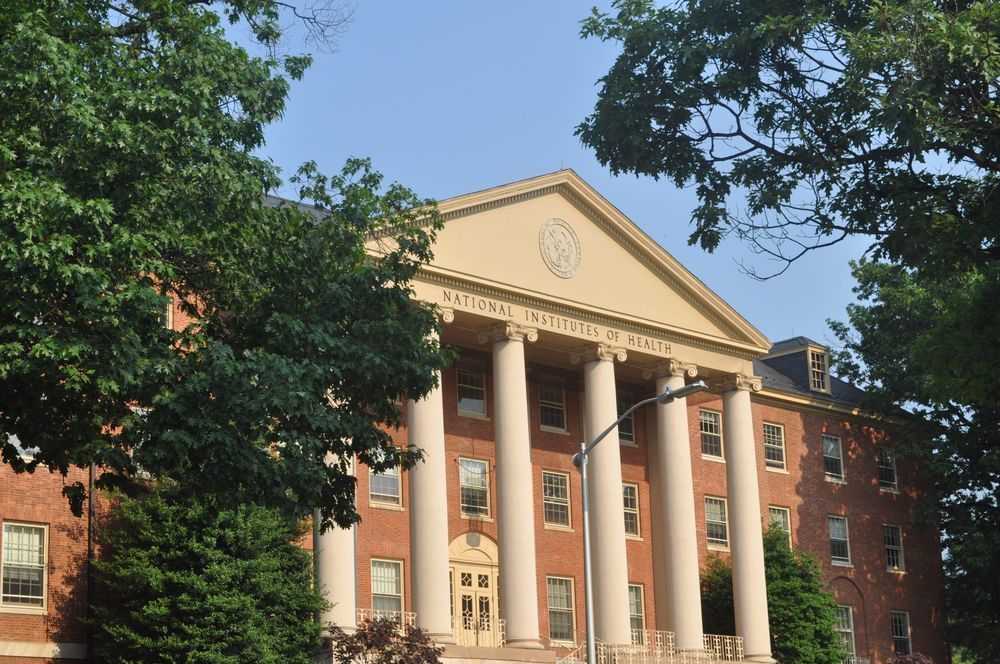Circa 2013
In what could prove to be a major breakthrough in quantum memory storage and information processing, German researchers have frozen the fastest thing in the universe: light. And they did so for a record-breaking one minute.

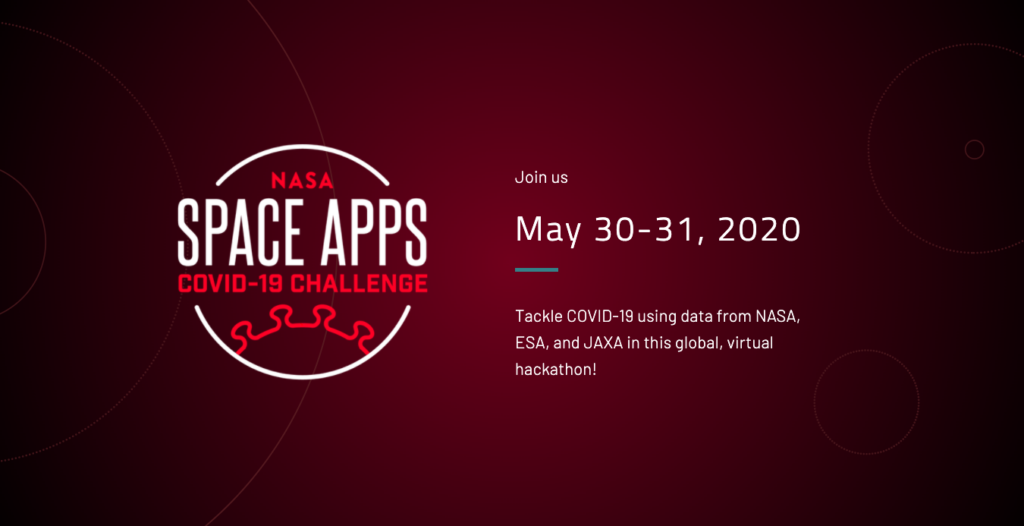
The U.S. space agency National Aeronautics Space Administration (NASA), European Space Agency (ESA), and Japan Aerospace Exploration Agency (JAXA) are inviting coders, entrepreneurs, scientists, designers, storytellers, makers, builders, artists, and technologists to participate in a virtual hackathon May 30–31 dedicated to putting open data to work in developing solutions to issues related to the COVID-19 pandemic.
During the global Space Apps COVID-19 Challenge, participants from around the world will create virtual teams that – during a 48-hour period – will use Earth observation data to propose solutions to COVID-19-related challenges ranging from studying the coronavirus that causes COVID-19 and its spread to the impact the disease is having on the Earth system. Registration for this challenge opens in mid-May.
“There’s a tremendous need for our collective ingenuity right now,” said Thomas Zurbuchen, associate administrator for NASA’s Science Mission Directorate. “I can’t imagine a more worthy focus than COVID-19 on which to direct the energy and enthusiasm from around the world with the Space Apps Challenge that always generates such amazing solutions.”
The unique capabilities of NASA and its partner space agencies in the areas of science and technology enable them to lend a hand during this global crisis. Since the start of the global outbreak, Earth science specialists from each agency have been exploring ways to use unique Earth observation data to aid understanding of the interplay of the Earth system – on global to local scales – with aspects of the COVID-19 outbreak, including, potentially, our ability to combat it. The hackathon will also examine the human and economic response to the virus.
https://www.youtube.com/watch?v=p_quOKBRJKs
ESA will contribute data from the Sentinel missions (Sentinel-1, Sentinel-2 and Sentinel-5P) in the context of the European Copernicus program, led by the European Commission, along with data from Third Party contributing Missions, with a focus on assessing the impact on climate change and greenhouse gases, as well as impacts on the economic sector. ESA also is contributing Earth observation experts for the selection of the competition winners and the artificial-intelligence-powered EuroDataCube.
“EuroDatacube will enable the best ideas to be scaled up to a global level,” said Josef Aschbacher, director of Earth Observation Programmes at ESA. “The pandemic crisis has a worldwide impact, therefore international cooperation and sharing of data and expertise with partners like NASA and JAXA seems the most suitable approach.”
JAXA is making Earth observing data available from its satellite missions, including ALOS-2, GOSAT, GOSAT-2, GCOM-C, GCOM-W, and GPM/DPR.
“JAXA welcomes the opportunity to be part of the hackathon,” said JAXA Vice President Terada Koji. “I believe the trilateral cooperation among ESA, NASA and JAXA is important to demonstrate how Earth observation can support global efforts in combating this unprecedented challenge.“
Space Apps is an international hackathon that takes place in cities around the world. Since 2012, teams have engaged with NASA’s free and open data to address real-world problems on Earth and in space. The COVID-19 Challenge will be the program’s first global virtual hackathon. Space Apps 2019 included more than 29,000 participants at 225 events in 71 countries, developing more than 2,000 hackathon solutions over the course of one weekend.
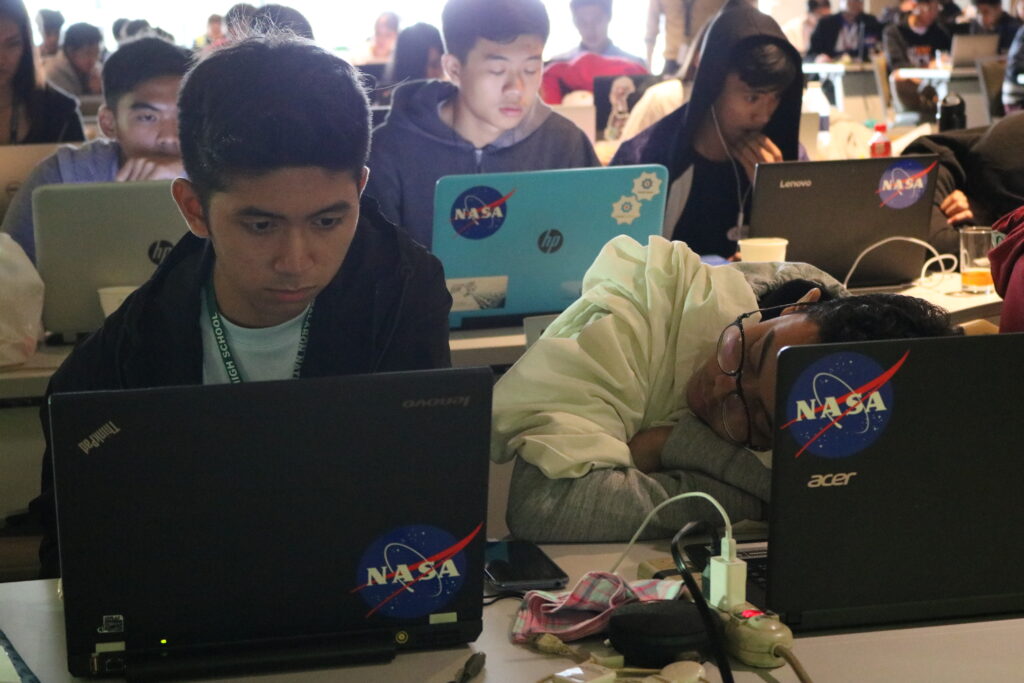
Many Filipinos participated in this annual hackathon since 2016. Recently, a dengue mapping forecasting system was developed by data scientists from CirroLytix using satellite and climate data with the goal of addressing the sustainable development goals of the United Nations. This web application, called Project AEDES won globally for the best use of data. “Earth observation data has the potential to be used in fighting epidemics and outbreaks threatening humanity nowadays, as well as to analyze its socio-economic impact,” according to software developer Michael Lance M. Domagas, who led the Philippine hackathon in collaboration with De La Salle University, PLDT, Department of Science and Technology, United Nations Development Programme, and the U.S. embassy. The very first Philippine winner used citizen science and environmental data to develop a smartphone application informing fishermen the right time to catch fish. ISDApp is currently being incubated at Animo Labs.
Space Apps is a NASA-led initiative organized globally in collaboration with Booz Allen Hamilton, Mindgrub and SecondMuse. The next annual Space Apps Challenge is scheduled for October 2–4.
Registration opens May 12. https://covid19.spaceappschallenge.org/

Scientists from Princeton University and the Department of Energy’s Princeton Plasma Physics Laboratory (PPPL) have used radio frequency waves and temperature to stabilize the white-hot and volatile plasma that swirls inside of fusion reactors like tokamaks and stellarators.
The radio waves disrupt the magnetic islands that form and disrupt the plasma flow, and temperature magnifies the stabilizing effect. As the saying goes, the disruptor of your disruptor is your friend.
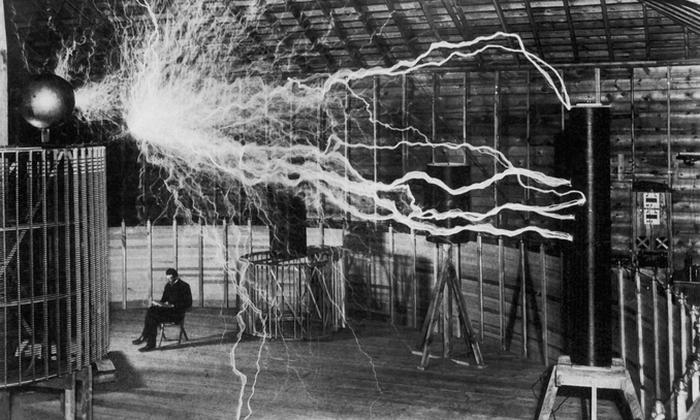
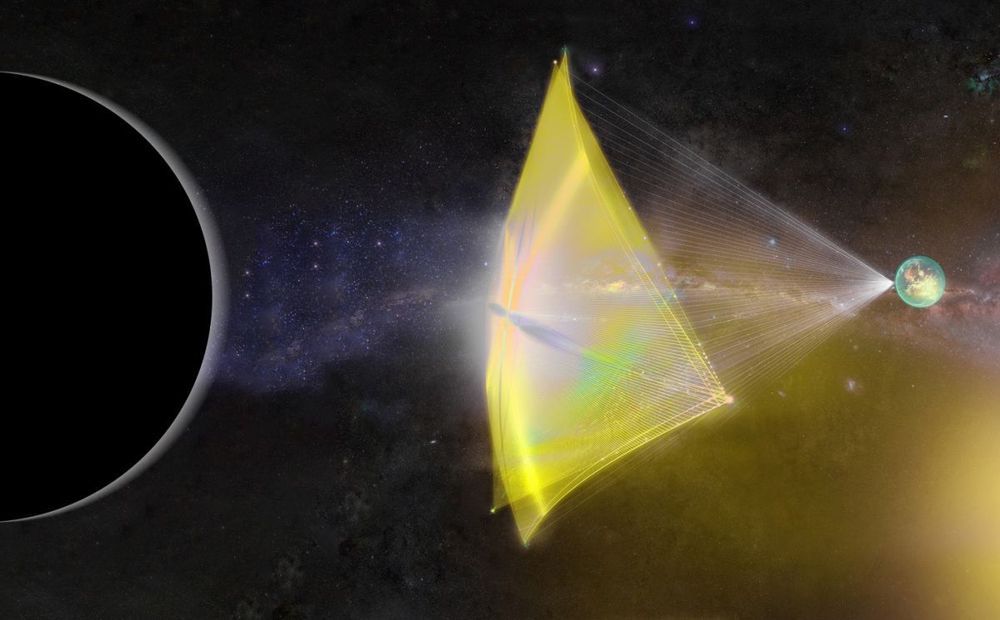
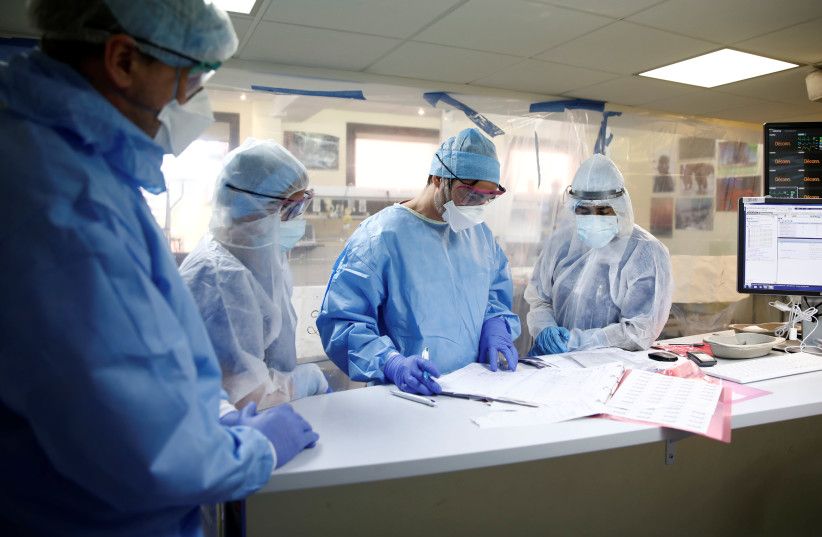
As if this contagion movie we are living can not get any more strange. A University of Pittsburgh researcher who claimed to have been on the verge of a significant breakthrough in his research on the coronavirus was killed in what appears to me a murder-suicide…
While police are treating the death as a homicide, they have yet to find any evidence that it was related to his research.
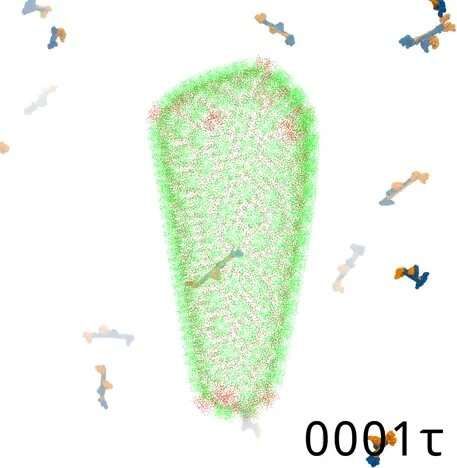
Rhesus macaques don’t monkey around when it comes to HIV; they have a protein that effectively disables invading HIV particles.
A group of University of Chicago scientists announced an innovative study that explains how the macaques’ immune protein, called TRIM5α, works its magic. It also represents a significant step forward in the science of modeling how complex biological proteins assemble themselves, the scientists said.
“These proteins work together to encase the HIV capsid in a hexagonal net and restrict viral activity,” said postdoctoral fellow Alvin Yu and lead author of the study, which was published in Nature Communications.
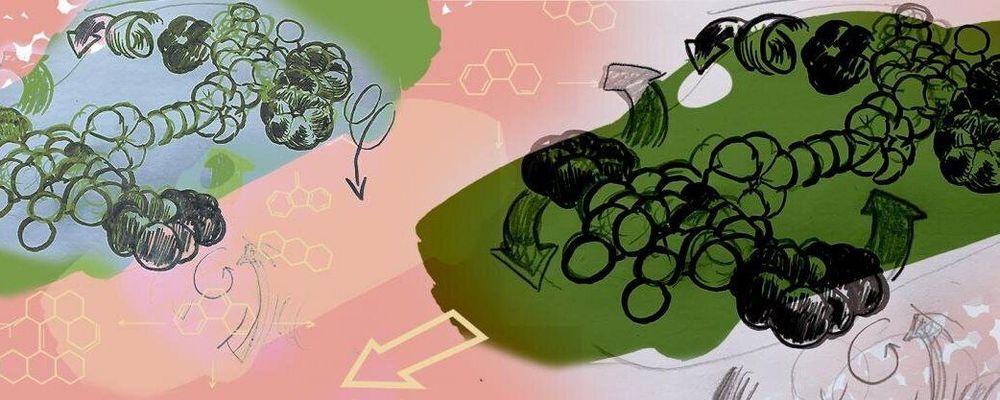
Molecules are some of life’s most basic building blocks. When they work together in the right way, they become molecular machines that can solve the most amazing tasks. They are essential for all organisms by, for example, maintaining a wide range of cellular functions and mechanisms.
What if you could create and control an artificial molecular machine? And make it perform tasks that serve us humans?
Many researchers are looking for ways to create and control such molecular machines, and research is going on in labs all over the world.
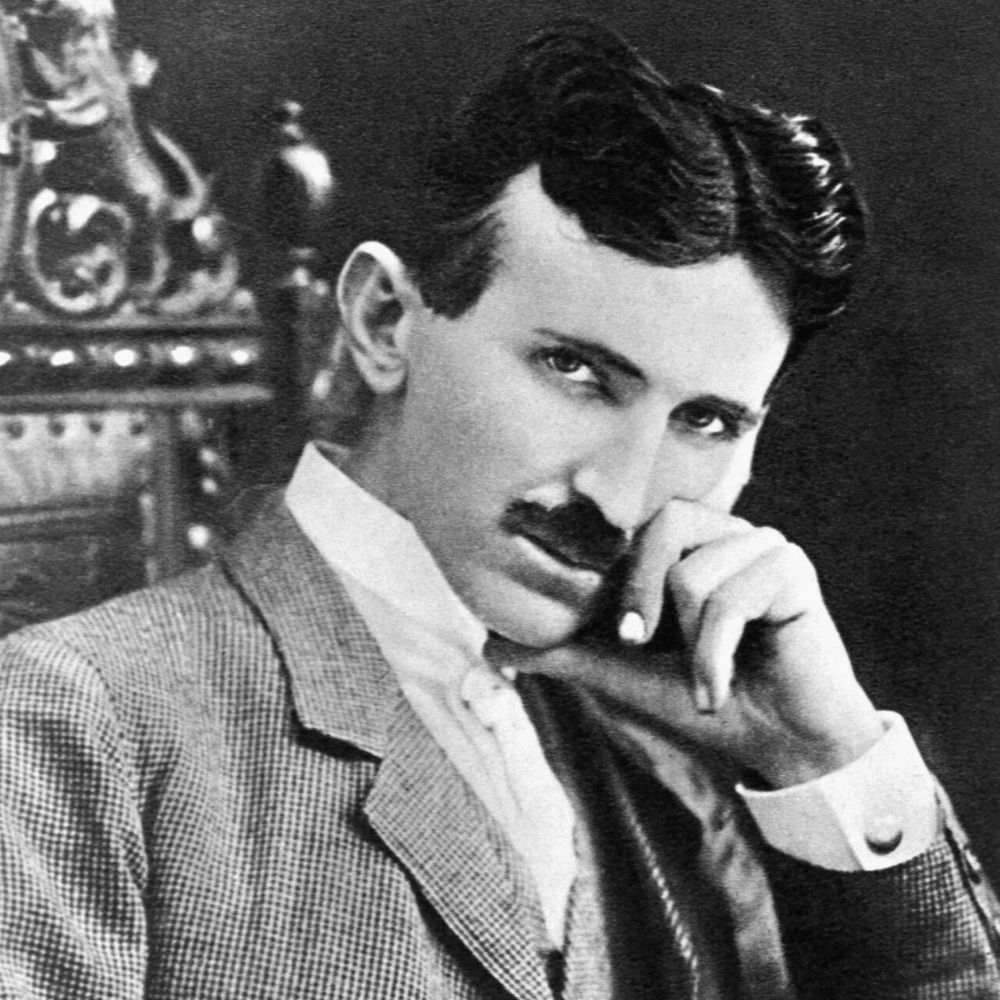
As the holder of more than 270 patents in 27 countries—including 112 in the US alone—Tesla rightfully earned his place in history, but not every invention of Tesla made it to production. With that in mind, we combed through the records and found 7 of Tesla’s most substantial inventions that never got built.
To find out: https://bit.ly/2y7SpuA 🚀.
